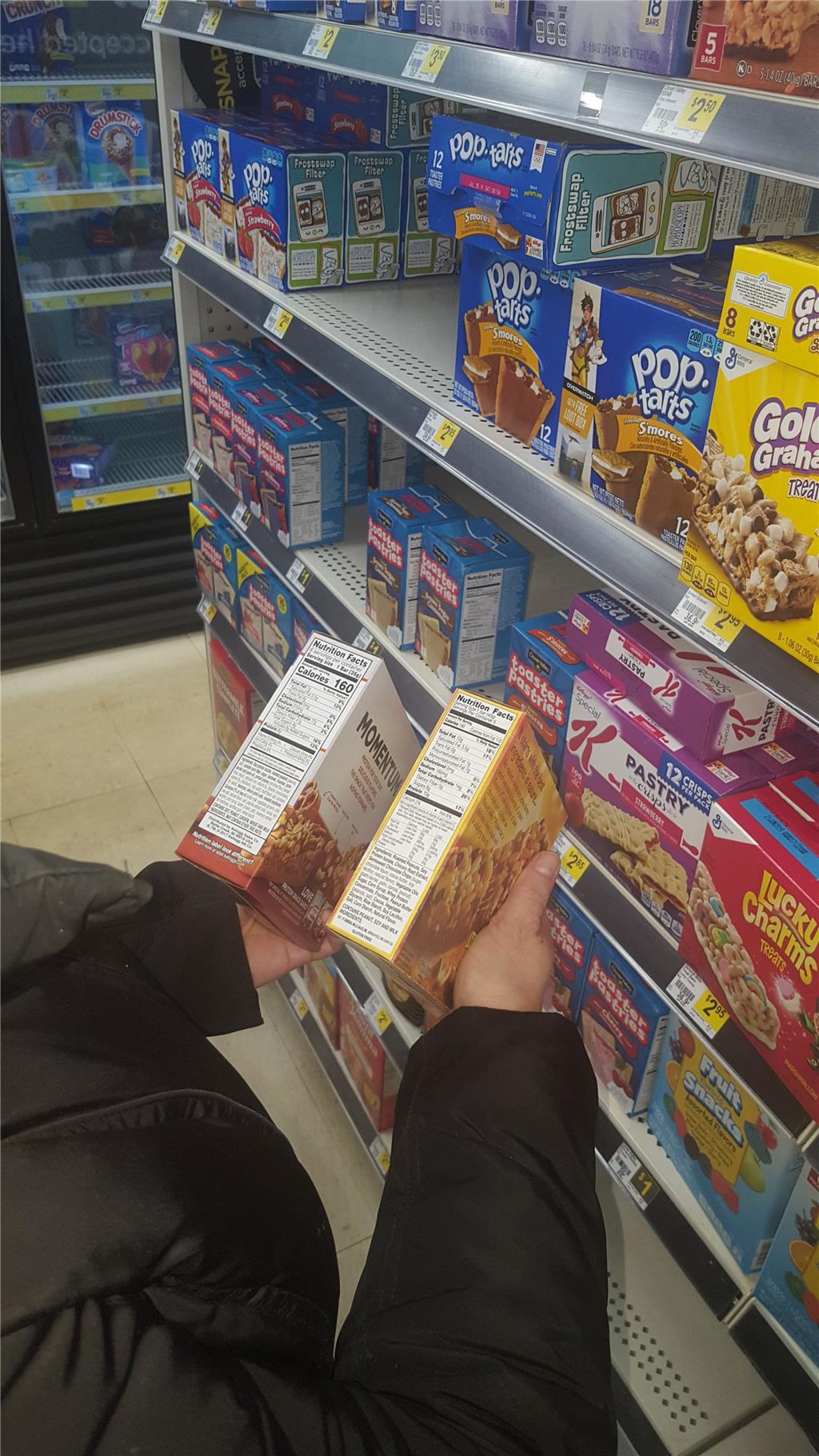
Healthy Diet Can Lower Risk for Heart Disease
About 610,000 people die of heart disease in the United States every year, according to the Centers for Disease Control and Prevention, or CDC. This means that one in every four deaths in our country is caused by heart disease. While the statistics are staggering, the good news is that many risk factors associated with heart disease can be prevented by a healthy diet and lifestyle choices.
“To follow a heart-healthy diet, eat a balanced diet with whole grains, fruits and vegetables and lean protein sources,” said Jeril Goss, registered dietitian, licensed dietitian/nutritionist and certified diabetes educator and manager at the Diabetes and Nutrition Wellness Center of Penn Highlands DuBois.
Choosing lean proteins and low-fat dairy foods can reduce saturated fat intake. “Saturated fat is known to be associated with certain health risks,” Goss said. “A few simple changes can make a big difference. Instead of consuming whole milk, cheese, yogurt or ice cream, try skim milk, low-fat cheese, non-fat yogurt or low-fat ice cream.”
In addition, Kelly Schreiber-Straub, registered dietitian, licensed dietitian/nutritionist and certified diabetes educator, and clinical nutrition manager at Penn Highlands Elk, recommends that you avoid trans fats. “Trans fats increase levels of LDL-cholesterol, the ‘bad cholesterol.’ These fats can be found in sticks of margarine, shortening, processed sweets, baked goods, some fried foods and packaged foods that are made with hydrogenated oils,” Schreiber-Straub said.
So, instead of choosing the foods that contain unhealthy fats such as butter or margarine, Schreiber-Straub recommends selecting healthier options, such as reduced-fat, whipped or liquid spreads. A healthier alternative to beef, pork or poultry with skin is eating fish or seafood, she said.
Chips, crackers and snack foods are also known to contain trans fats, so our experts recommend switching to raw or unsalted nuts or seeds, hummus with vegetables or even avocado on toast when snacking.
When trying to build a healthier diet, Bernie Clark, registered dietitian at Penn Highlands Clearfield, said it’s important to choose heart-healthy carbohydrates. “This means eating foods that are rich in viscous, or soluble, fiber. Some great examples are asparagus, brussel sprouts, sweet potatoes, turnips, apricots, mangoes, oranges, legumes, barley and oats,” she said.
“It’s also important to limit refined carbohydrates, that is, sugars and refined grains that have been stripped of all bran, fiber and nutrients,” Clark said. "Refined carbohydrates can raise triglyceride levels, which are known to be associated with heart disease.” A few examples of refined carbohydrate foods are table sugar, sweets and beverages that have been sweetened with added sugar.
According to Goss, it’s also important to reduce your sodium, or salt, intake. While sodium is needed for your body to properly function, too much of it can be harmful, especially to those who suffer from high blood pressure. Sodium can cause a buildup of fluid in your tissues and bloodstream, which causes blood pressure to increase. High blood pressure not only may cause damage to your organs, but can put you at risk of a stroke.
“There are some really simple ways to limit your sodium intake,” Goss said. “Avoid processed foods and eat more fresh foods. Also, eat less salt and use less in recipes when cooking. Try to find ways to add flavor to your dishes without adding sodium, such as using lemon juice, herbs, pepper or another sodium-free seasoning.”
When trying to reduce sodium in your diet, it’s also helpful to cook foods at home so that you can control the amount of salt used. “It’s possible to cut at least half of the salt from most recipes,” Goss said.
When cooking, try to avoid using mixes or products that already contain sodium. Read food labels carefully, and select canned foods with no sodium or low levels of sodium. Also, try to avoid eating processed meats and do your best to use less salt at the dinner table.
When shopping, be sure to carefully read the nutrition labels on a product before making a purchase. You’ll want to pay attention to more than just the amount of calories per serving. These labels tell you how much sodium, sugar or fat the food contains in a single serving. By comparing labels, you are empowered to make better, healthier choices.
